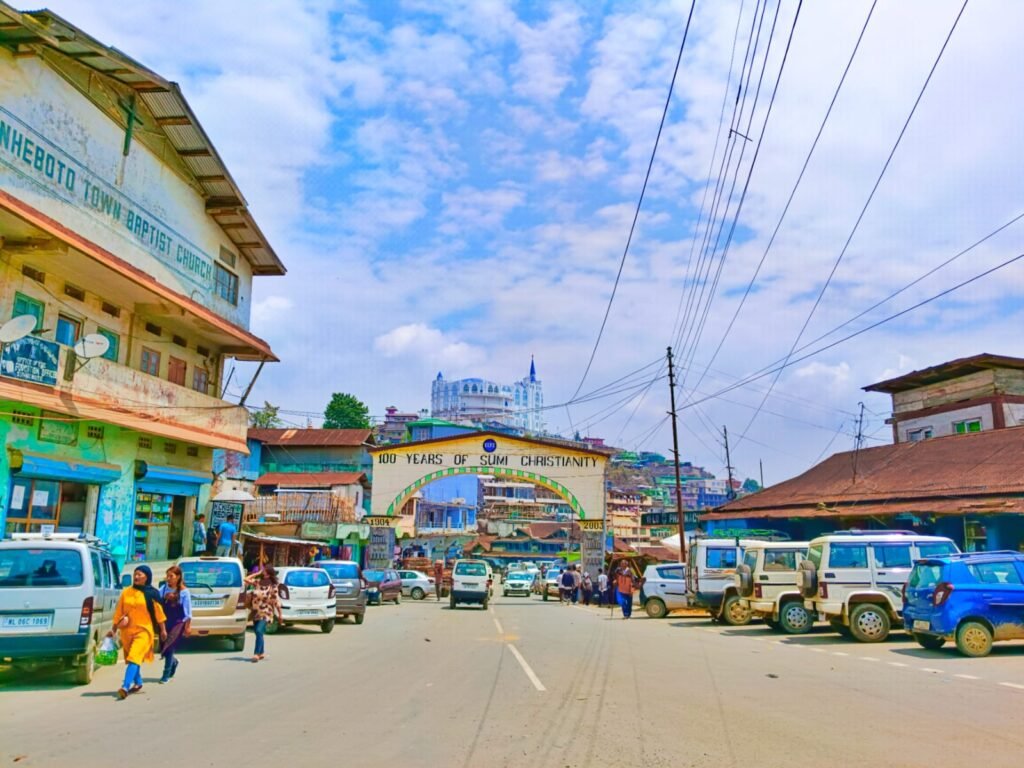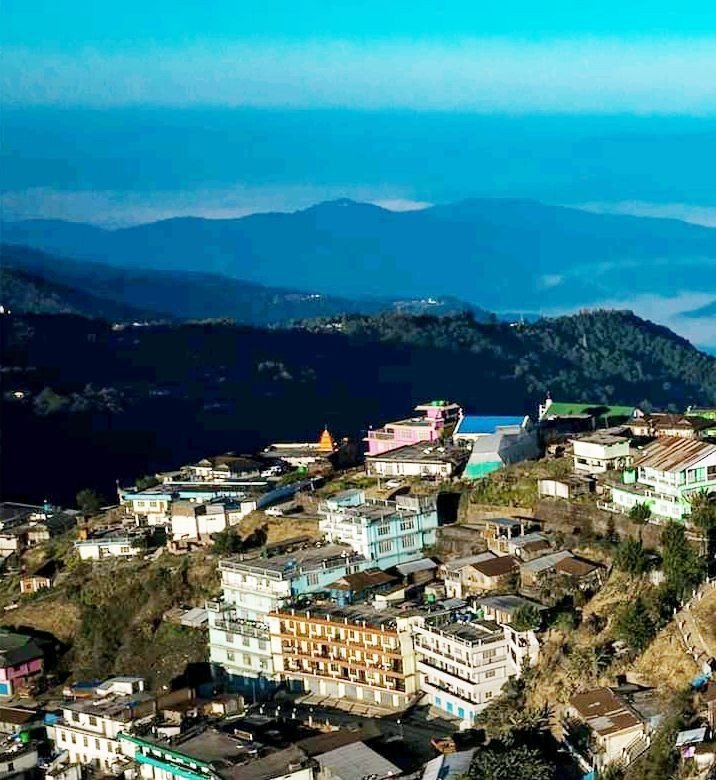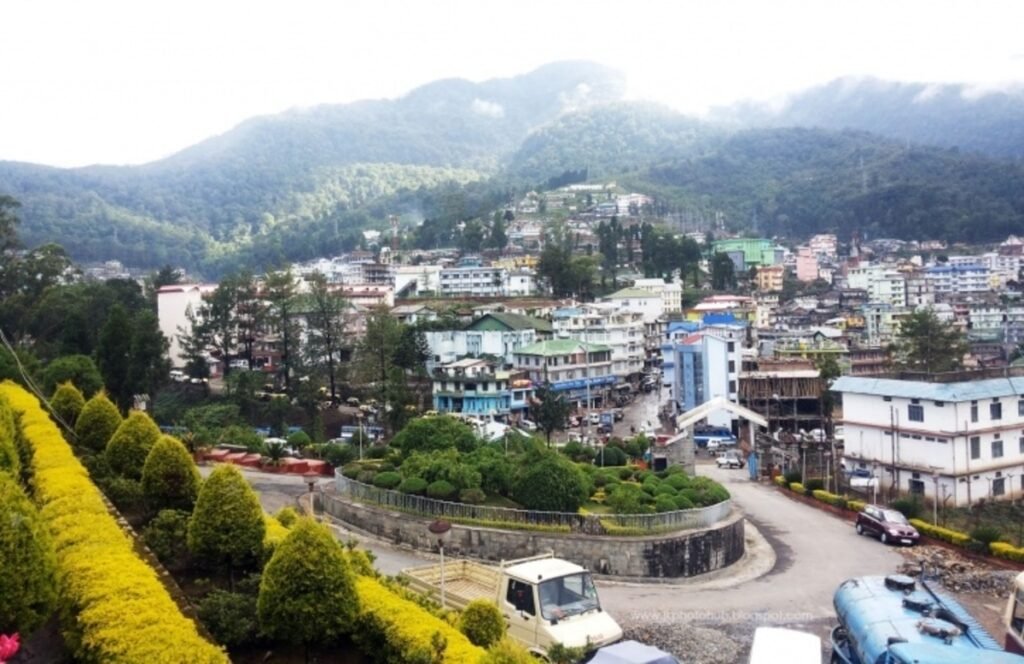Zunheboto district: The land of the Sumi Nagas, nestled in the heart of Nagaland, India, is a land steeped in rich cultural heritage, dominated by the resilient and vibrant Sümi Naga tribe. This article delves into the origin, history, demographics, development, heritage, infrastructure, notable aspects, current facts, and upcoming events of this significant district.
Origin and History
The name “Zunheboto” is derived from the Sümi dialect. “Zunhebo” refers to a specific type of flowering shrub, and “to” means a hill-top settlement. Thus, Zunheboto literally translates to “the settlement on the hill-top where the Zunhebo shrubs grow.”
Historically, the area now known as Zunheboto was an integral part of the Naga Hills, inhabited by various independent Naga tribes, each with its own distinct customs and traditions. Prior to British administration, these communities were largely self-governing, with village councils (Gaonburas) playing a crucial role in decision-making.
During the British colonial era, the Naga Hills gradually came under British influence. However, the remote and rugged terrain of Zunheboto ensured a degree of autonomy for the Sümi people for a considerable period. Post-Indian independence, the movement for Naga nationalism gained momentum, eventually leading to the formation of Nagaland as the 16th state of India in 1963.
Zunheboto was officially carved out as a separate district on December 19, 1973, from the erstwhile Kohima district. This administrative reorganization aimed to facilitate better governance and development in the region, recognizing the distinct identity and needs of the Sümi community.

Population and Tribes
Zunheboto is predominantly inhabited by the Sümi Naga tribe, who constitute the majority of the district’s population. The Sümi Nagas are known for their martial traditions, intricate weaving patterns, and vibrant cultural festivals. They are further divided into several clans and sub-clans, each with its own unique customs and dialects, although a common Sümi language is widely spoken.
According to the 2011 Census of India, the population of Zunheboto district was approximately 140,757. The population is largely rural, with agriculture being the primary occupation. While the Sümi tribe forms the dominant ethnic group, there is a small presence of other Naga tribes and non-Naga communities engaged in trade and government services.

Development and Infrastructure
Zunheboto has witnessed gradual progress in terms of development and infrastructure. However, being a hilly and remote district, it continues to face certain challenges.
Road Connectivity: Roads are the lifeline of Zunheboto. The district is connected to other parts of Nagaland via state highways and inter-district roads. Key roads include the one connecting Zunheboto town to Kohima and Mokokchung. While significant improvements have been made over the years, road conditions can still be challenging, especially during the monsoon season due to landslides. Efforts are continuously being made to improve and maintain road infrastructure for better connectivity.
Education: The district has a number of government and private schools catering to the educational needs of the population. Higher education is primarily concentrated in Zunheboto town, with colleges offering undergraduate courses. The establishment of more quality educational institutions remains a focus area for development.
Healthcare: Healthcare infrastructure in Zunheboto includes government hospitals, primary health centers, and community health centers. While these institutions provide essential medical services, there is an ongoing need for better facilities, specialized medical care, and increased accessibility, especially in remote areas.
Power and Water Supply: Efforts are underway to improve the power and water supply infrastructure in the district. The rugged terrain and dispersed settlements pose challenges in ensuring consistent and reliable access to these basic amenities for all residents.
Communication: Mobile network connectivity has improved significantly in Zunheboto in recent years, connecting even remote villages. Internet access is also becoming more prevalent, facilitating communication and access to information.

Development and Infrastructure
Zunheboto has witnessed gradual progress in terms of development and infrastructure. However, being a hilly and remote district, it continues to face certain challenges.
Road Connectivity: Roads are the lifeline of Zunheboto. The district is connected to other parts of Nagaland via state highways and inter-district roads. Key roads include the one connecting Zunheboto town to Kohima and Mokokchung. While significant improvements have been made over the years, road conditions can still be challenging, especially during the monsoon season due to landslides. Efforts are continuously being made to improve and maintain road infrastructure for better connectivity.
Education: The district has a number of government and private schools catering to the educational needs of the population. Higher education is primarily concentrated in Zunheboto town, with colleges offering undergraduate courses. The establishment of more quality educational institutions remains a focus area for development.
Healthcare: Healthcare infrastructure in Zunheboto includes government hospitals, primary health centers, and community health centers. While these institutions provide essential medical services, there is an ongoing need for better facilities, specialized medical care, and increased accessibility, especially in remote areas.
Power and Water Supply: Efforts are underway to improve the power and water supply infrastructure in the district. The rugged terrain and dispersed settlements pose challenges in ensuring consistent and reliable access to these basic amenities for all residents.
Communication: Mobile network connectivity has improved significantly in Zunheboto in recent years, connecting even remote villages. Internet access is also becoming more prevalent, facilitating communication and access to information.
Heritage and Known For
Zunheboto is deeply rooted in the rich cultural heritage of the Sümi Nagas. The district is known for:
Sümi Culture: The vibrant culture of the Sümi tribe, characterized by their unique customs, traditions, music, dances, and traditional attire, is a significant aspect of Zunheboto’s identity.
Tuluni Festival: This is the most important festival of the Sümi Nagas, celebrated with great fervor in the month of July. It is a post-harvest festival marked by feasting, traditional songs and dances, and displays of cultural richness.
Traditional Weaving: Sümi women are skilled weavers, producing intricate and colourful textiles with unique traditional motifs that hold cultural significance. These handloom products are highly valued.
Warrior Traditions: Historically, the Sümi Nagas were known for their bravery and martial traditions. Remnants of this history can be seen in their traditional weaponry, war dances, and folklore.
Scenic Beauty: The hilly terrain of Zunheboto offers breathtaking views of lush green valleys, cascading streams, and mist-covered mountains, making it a region of natural beauty.
Current Facts and Information
Agriculture remains the primary occupation for a large section of the population, with rice, millet, maize, and various horticultural crops being cultivated.
Efforts are ongoing to promote sustainable agriculture and horticulture practices to improve livelihoods and boost the local economy.
The Zunheboto-Mokokchung road is currently undergoing significant repair and widening work to improve connectivity and reduce travel time.
The district administration is focusing on improving the quality of education through teacher training programs and infrastructure upgrades in schools.
There is a growing emphasis on promoting eco-tourism in the region, highlighting its natural beauty and cultural heritage while ensuring sustainable practices.
Healthcare facilities are being augmented with the establishment of better-equipped health centers and the recruitment of more medical professionals.
Skill development initiatives are being implemented to provide vocational training to the youth and enhance their employability.
The Sümi Hoho, the apex body of the Sümi Nagas, continues to play a significant role in preserving and promoting the cultural heritage and addressing the socio-economic issues of the community.
The district is actively participating in state-level initiatives for environmental conservation and sustainable development.
Upcoming Events
While a comprehensive list of all upcoming events might vary, some recurring and anticipated events in Zunheboto include:
Tuluni Festival (July): As the most significant festival, preparations for Tuluni usually begin well in advance, with various cultural programs and community gatherings planned across the district.
Agricultural Fairs and Exhibitions: These events are often organized to showcase local agricultural produce, promote modern farming techniques, and provide a platform for farmers to interact and learn.
Cultural Programs and Competitions: Various cultural organizations and schools frequently organize traditional song and dance competitions, weaving exhibitions, and other events to preserve and promote Sümi culture.
Local Sports Meets: Traditional Naga sports and games are an integral part of the local culture, and sports meets are often organized at the village and district levels.
Awareness Campaigns and Workshops: The district administration and various NGOs often conduct awareness campaigns on health, education, environmental conservation, and other social issues. Skill development workshops and training programs are also regularly organized.
Religious Gatherings and Festivals: Various Christian denominations have a significant presence in Zunheboto, and religious festivals and gatherings are important community events.
Zunheboto district, with its unique blend of cultural heritage, natural beauty, and developmental aspirations, stands as a testament to the resilience and spirit of the Sümi Naga people. As it navigates the path of progress, it remains deeply connected to its roots, striving to preserve its distinct identity while embracing the opportunities of the future.
